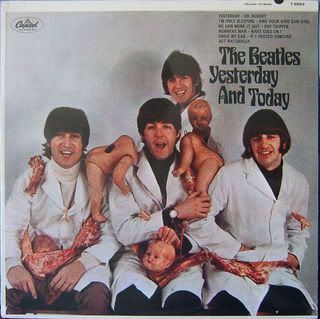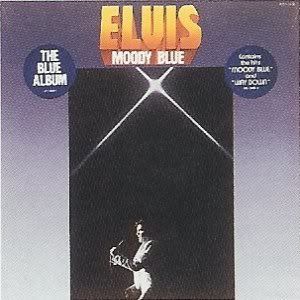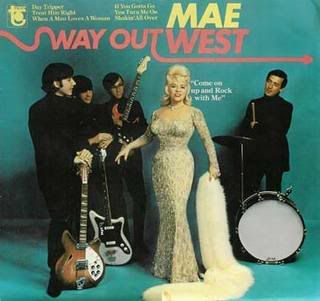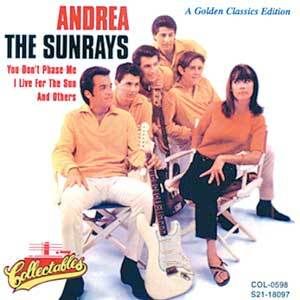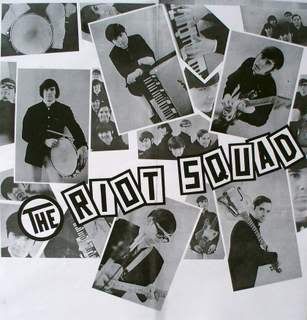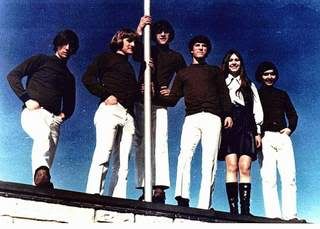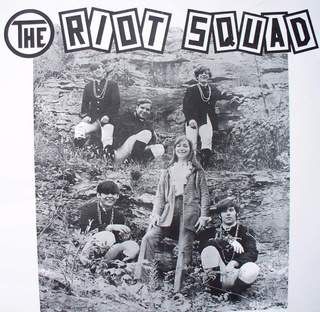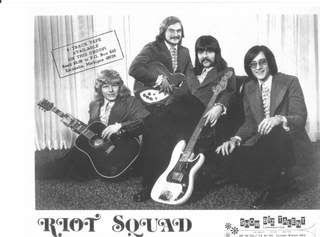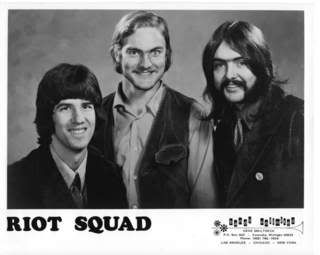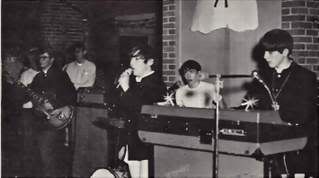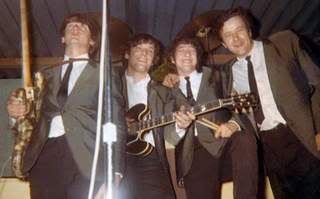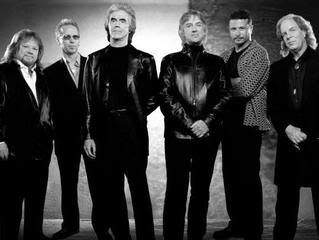
Three Dog Night
By STEVE SEYMOUR
Three Dog Night took its audience on a trip to the past at the Island Resort and Casino showroom last weekend.
Fans remember the Los Angeles- based rock group for the 21 smashes it racked up between 1969 and 1976, utilizing the talented triumvirate of lead vocalists Cory Wells, Danny Hutton and Chuck Negron.
After hearing "One (Is the Loneliest Number)" all over the radio airwaves during the summer of 1969, I eagerly looked forward to each new single from the band, named after the coldest night in the Australian outback. And they delivered hit after hit, reaching a peak two years later with "Joy to the World," with its unlikely reference to a bullfrog named Jeremiah.
The band broke up in 1977 when the hits stopped, but Three Dog Night re-assembled a decade later without Negron. He sang many of their biggest hits, but Negron's drug abuse had also caused friction within the group.
Still, the 2008 version of the iconic band appearing at the Harris venue was surprisingly intact, boasting four original members: Wells, Hutton, guitarist Michael Allsup and keyboard player Jimmy Greenspoon.
With the addition of bassist Paul Kingery and drummer Pat Bautz, Three Dog Night recreated most of the hits from its storied past during a performance my wife Sue and I attended on Feb. 22.
The show opened with the two vocalists doing "Family of Man" and "One Man Band." As the audience settled back, Hutton, 65, took solo lead vocals on "Black & White," a number one from mid-1972. Wells, 66, was spotlighted on "Never Been to Spain," written by Hoyt Axton, and "Shambala," both Top Ten hits.
The two vocalists were featured on "Out in the Country," while the task of singing "Easy To Be Hard," originally done by Negron, fell on Wells, with an assist from Hutton. Hutton followed with "Old Fashioned Love Song," another tune originally sung by Negron.
Next, the group highlighted a Randy Newman tune they recorded for the "Coming Down Your Way" album in 1975, the last LP featuring all three vocalists. An unexpected addition to the set list, Wells sang a rousing version of "You Can Leave Your Hat On," explaining to the audience that Joe Cocker, who had a big hit with the song, found it on their album. Cocker's version appeared in the 1986 movie, "9 and 1/2 Weeks."
Wells followed with "One," written and recorded by Harry Nilsson in 1968. The group's first Top Ten, "One" was another number originally song by Negron. Wells followed with "Play Something Sweet (Brickyard Blues)," written by famed New Orleans musician Allen Toussaint.
While Three Dog Night was known for recording the best work of contemporary songwriters of the time, Wells changed direction midway through the show by performing his "Heart of Blues," a number written when the band was booked to headline a blues festival a few years ago.
The band returned to familiar territory when Hutton performed an energetic version of "Liar." The tune allowed Allsup to get in some inspired guitar licks, as well.
The John Hiatt-penned "Sure As I'm Sittin' Here" followed with Wells back on lead vocals. Next came Wells' turn to sing "Mama Told Me (Not to Come), another Newman classic, which Three Dog Night took to the top of the charts in 1970. Midway through the song, Wells announced they had put together a "rap" version for the 21st century and turned the old hit into a comedy routine.
To end their program, Wells and Hutton shared "Celebrate," another song the band had released at the start of the 70s.
Following a standing ovation, the band returned to the stage for a one-song encore, performing their biggest hit, "Joy to the World," which stayed in the top position for six weeks in 1971. The song made plenty of money for the group and songwriter Hoyt Axton. Originally sung by Negron, Wells and Hutton handled vocals this time.
With that the 75 minute trip back in time was over.
Fans could quibble about the song selection or the short program, but the show was well done, if some of the performances were rather reserved.
As you might expect, some of Negron's tunes were missing in action, including "Pieces of April," "The Show Must Go On," written by Leo Sayer; and "Til The World Ends." That might not seem so surprising if you visit Three Dog Night's official website. There you'll find a history of the band which doesn't even mention Negron's name.
But, three songs originally sung by Wells were also left off the show: "Try a Little Tenderness," "Let Me Serenade You" and the Laura Nyro gem "Eli's Coming."
For his part, Negron, 65, suffered through years of heroin abuse, following his Three Dog Night tenure. But, he has overcome his addiction and still performs his old Three Dog Night hits.
For some shows this year he has teamed with Blood, Sweat & Tears in a double bill. Negron sings BS&T songs like "You've Made Me So Very Happy," "And When I Die," and "Spinning Wheel," during one set, while the veteran group backs Negron as he sings his Three Dog Night hits during a second set. Negron has chronicled his ups and downs in his book, "Three Dog Nightmare."
Four decades after the hits started to pile up, both Three Dog Night and Negron remain active performers, able to deliver baby boomer era memories at every show.
But, don't look for a reunion anytime soon.
